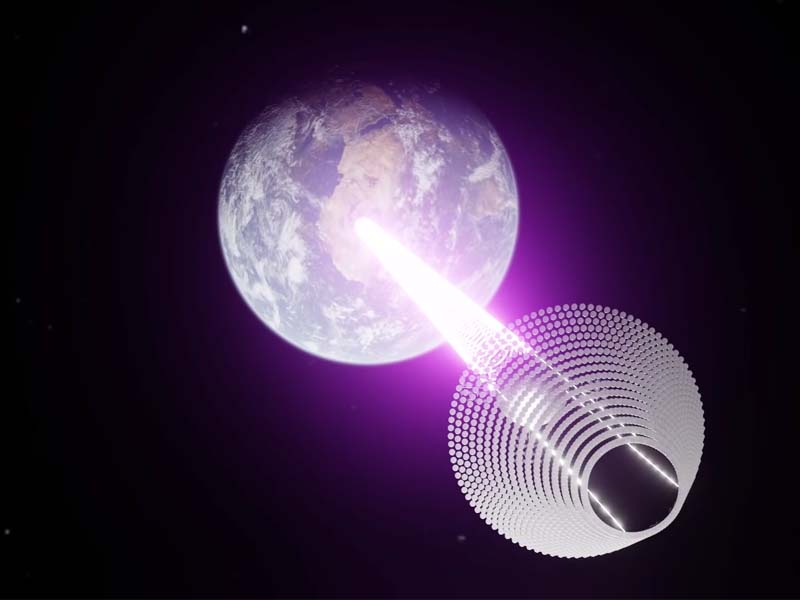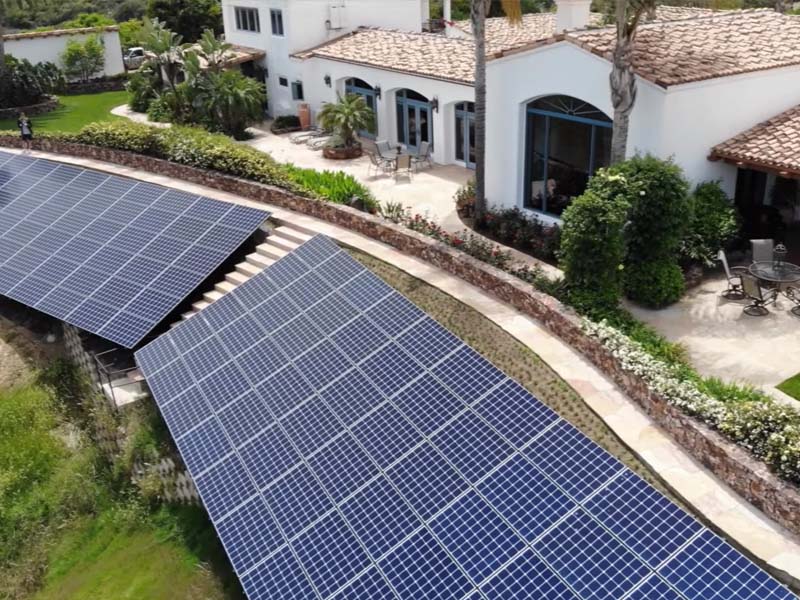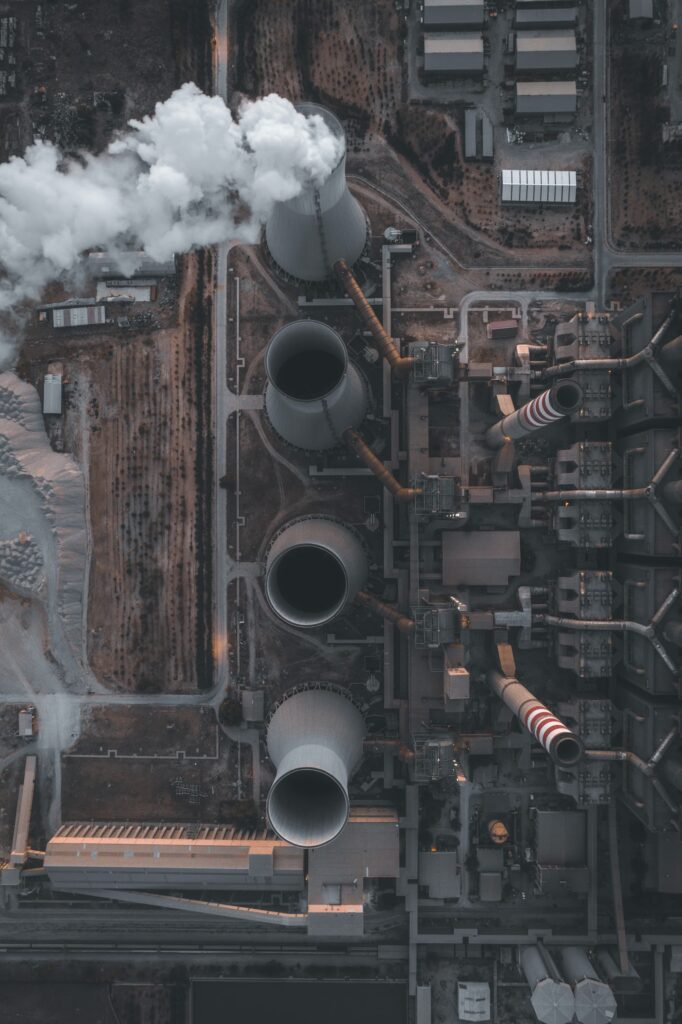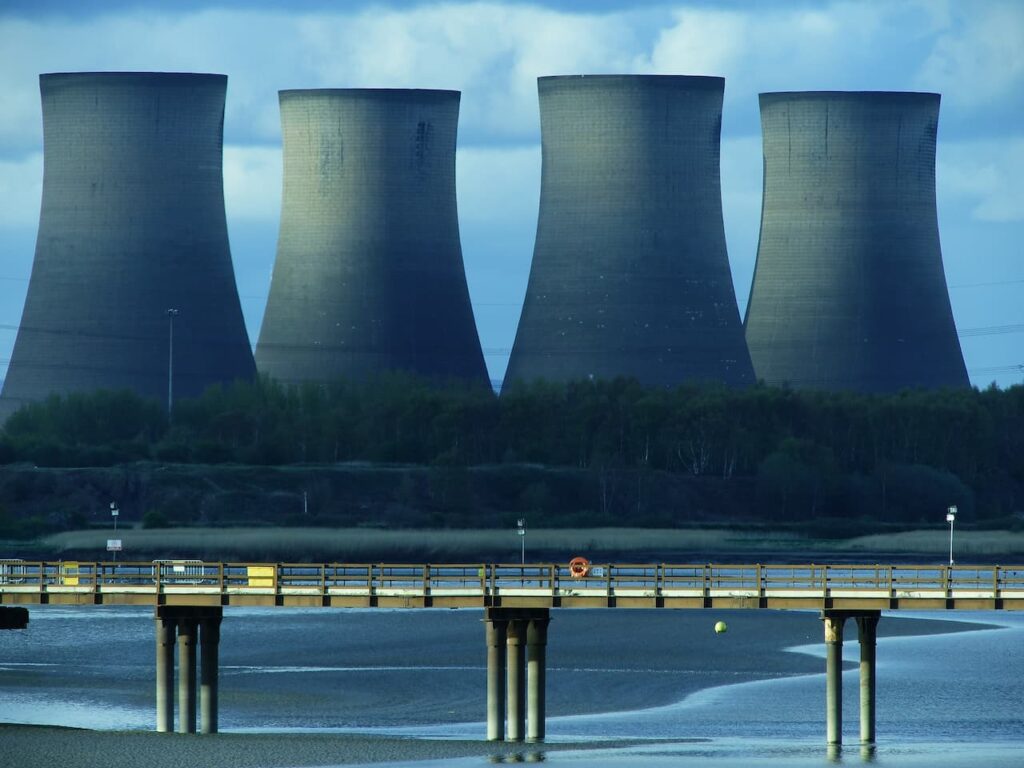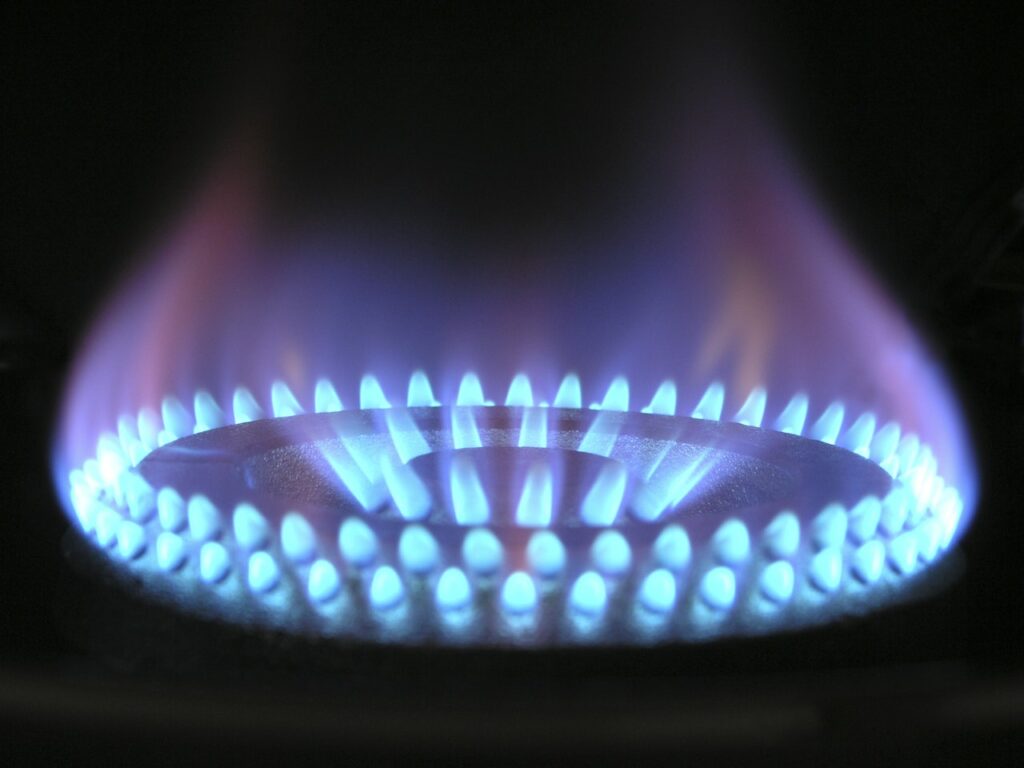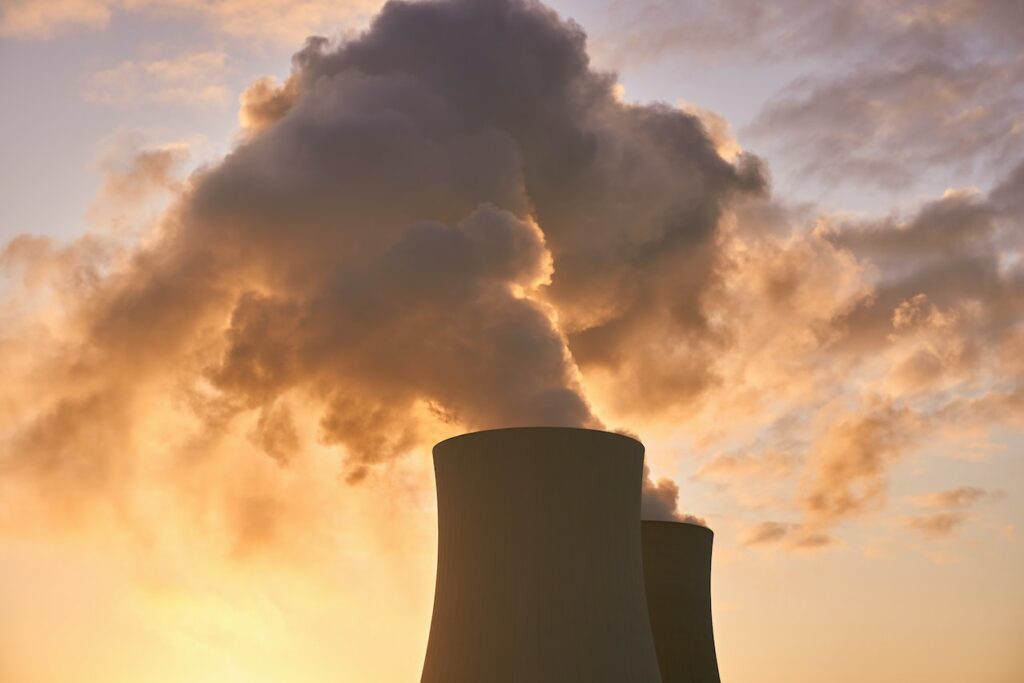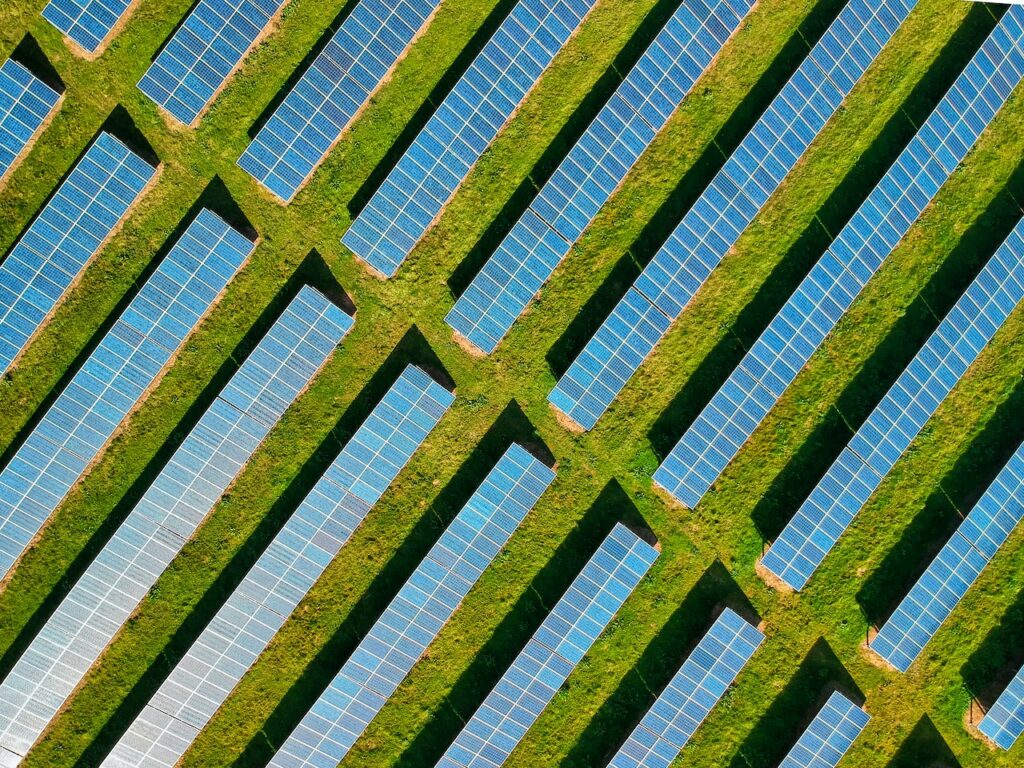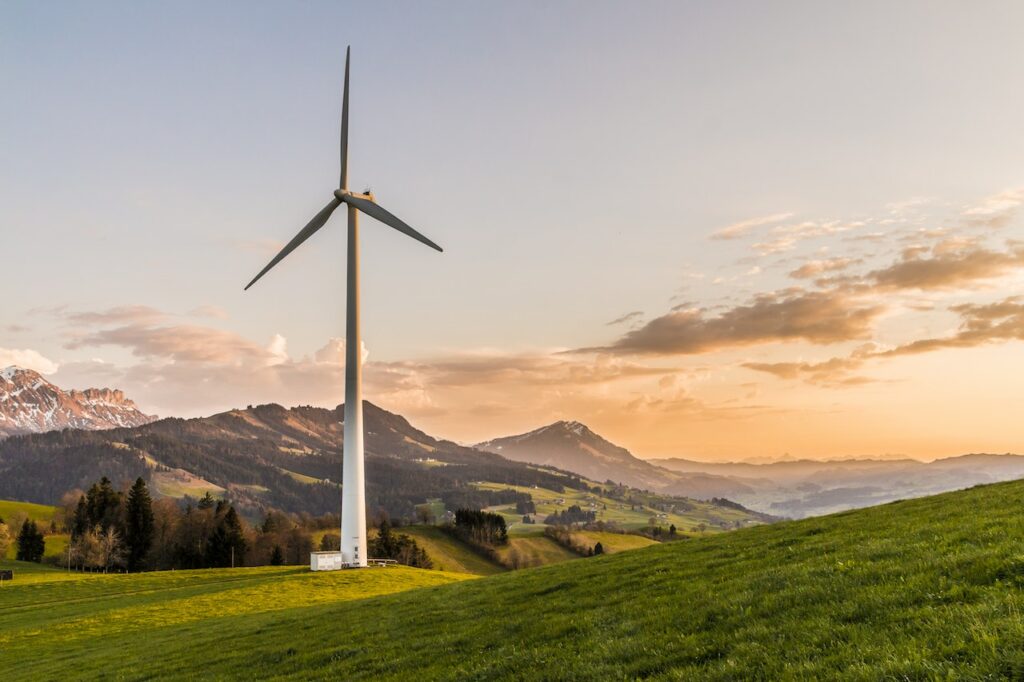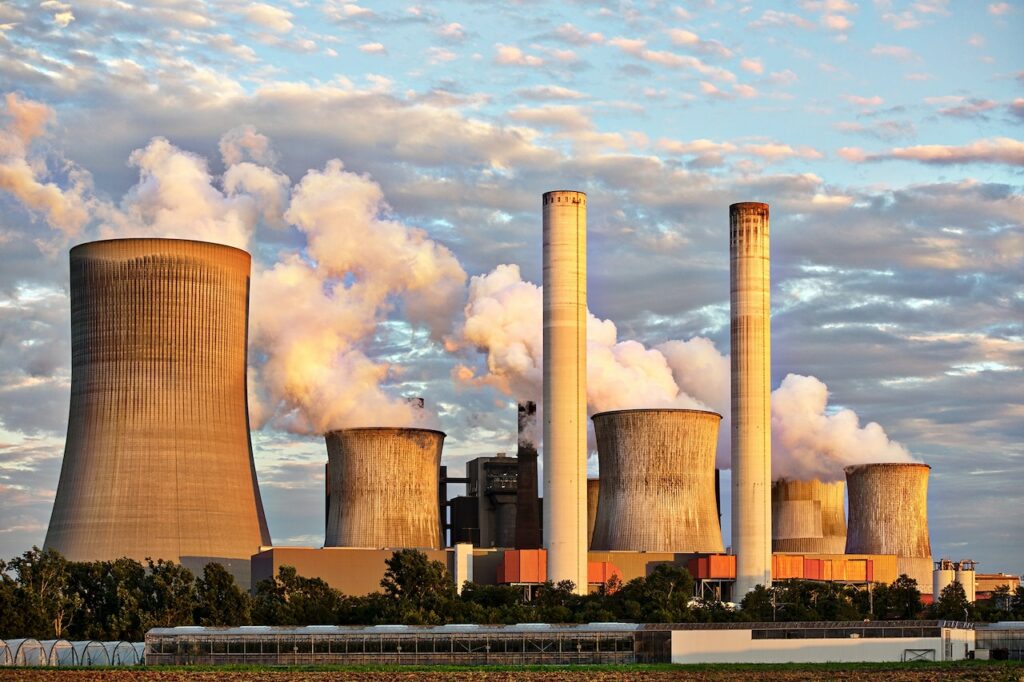Imagine a world where power generation is not bound by the limitations of our atmosphere, where energy can be harnessed continuously without the interruptions of nightfall or cloudy skies. This vision embodies the essence of space-based solar power (SBSP) — an ambitious plan to capture sunlight beyond our planet. The Science Behind SBSP In the vast expanse of space, solar…
